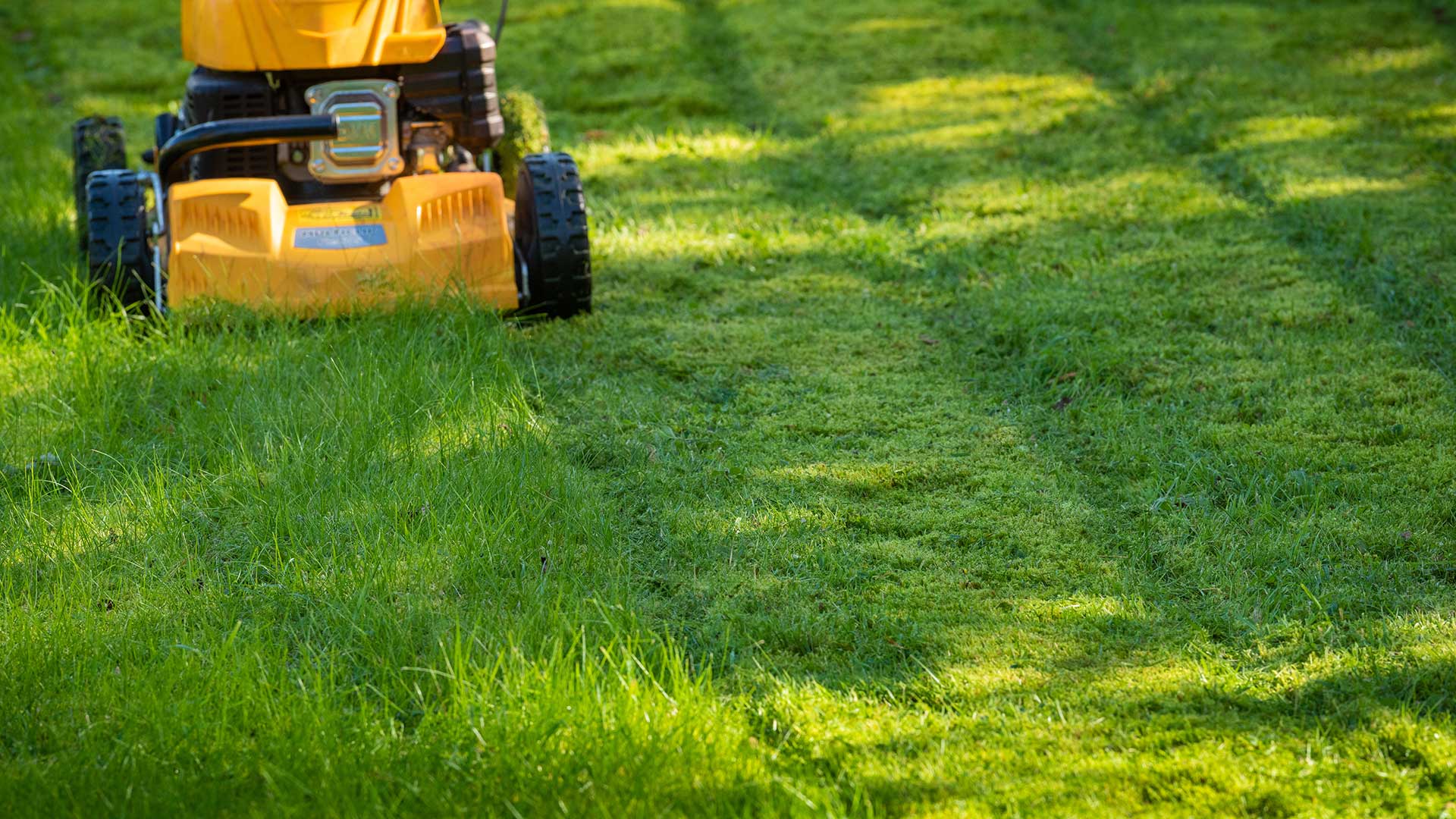
Knowing how to mow a lawn is essential for many homeowners. But, it's easy to go about it in the wrong way – whether that's tackling it at the wrong time, cutting it too short, or missing out the edges.
We asked industry experts for their top tips to avoid making the most common lawn care mistakes while undertaking this maintenance task, from the fundamental basics to advice on creating defined stripes.
Below, you'll find a step-by-step guide and some handy FAQs, so you can tackle your stretch of green with confidence and get beautiful results with every mow.
How to mow a lawn in 5 simple steps
Knowing how often to mow a lawn is crucial for keeping your grass in good condition, as is using the right tools. There are many mowers on the market to suit a range of budgets, and some include rollers for a distinct striped look. You may also need a tool for tidying up the edges, be it a grass trimmer or a set of gardening shears.
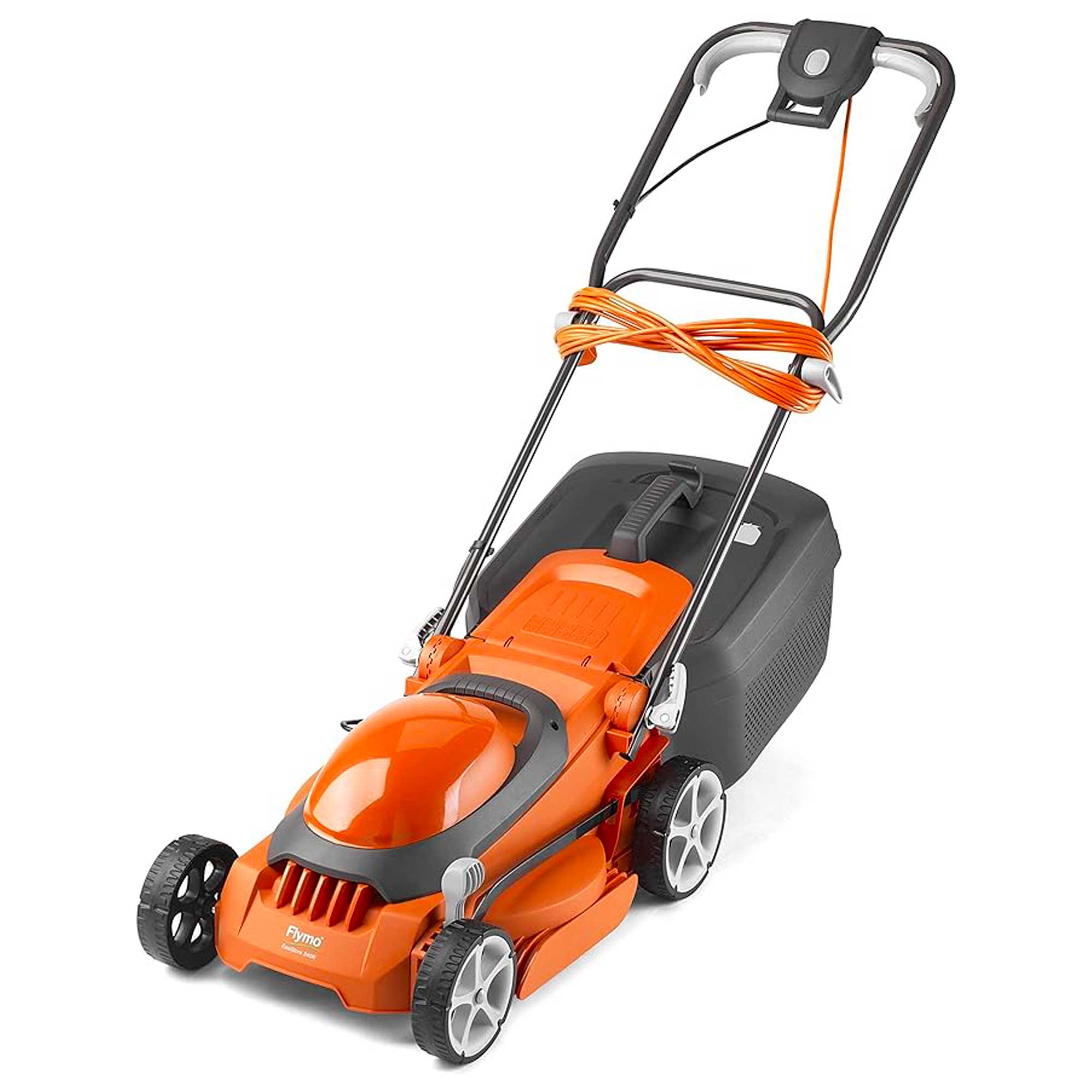
RRP: £118.88 | This well-rated mower features a generously sized 35-litre grass box, a 10m cable, and a rear roller.
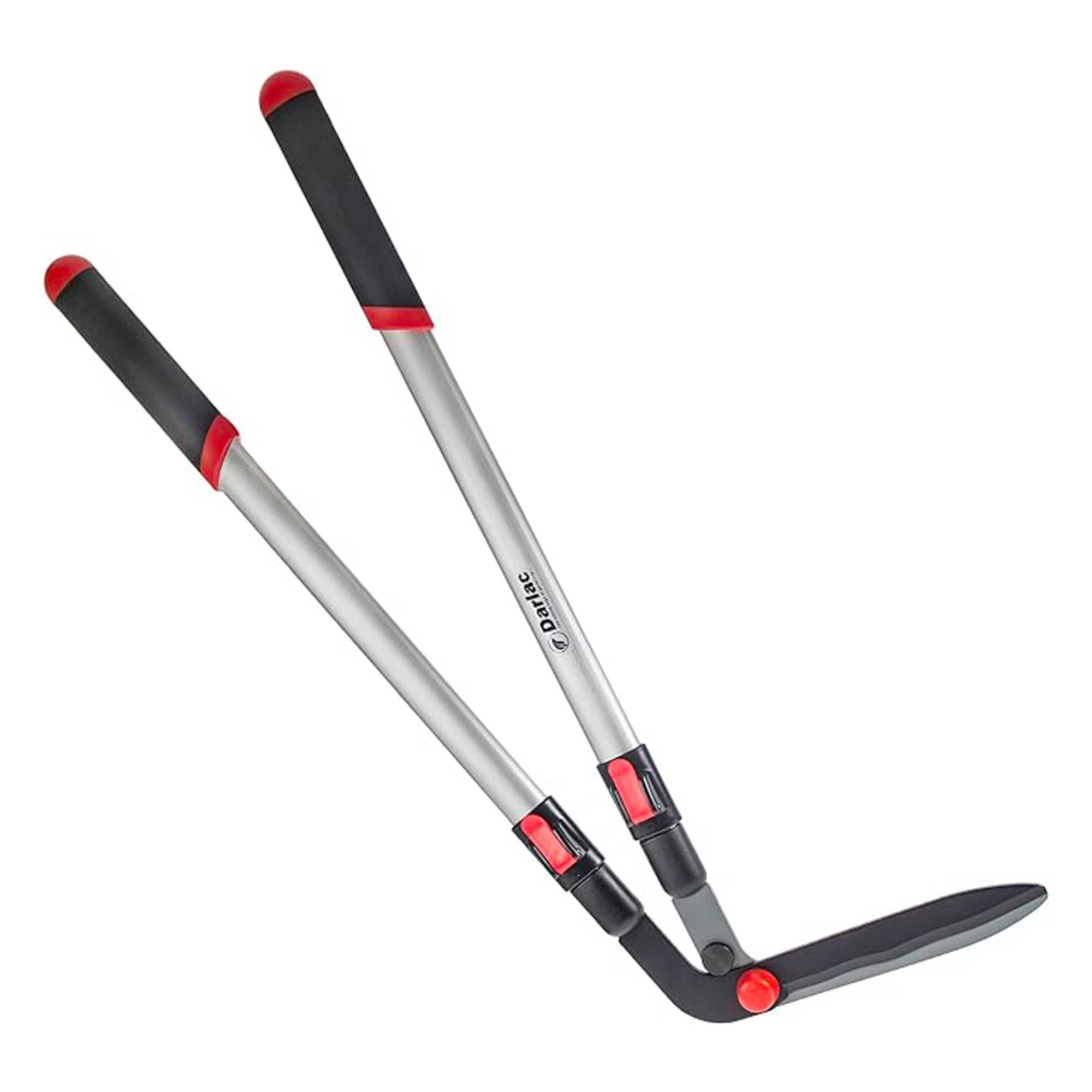
RRP: £24.99 | A lightweight tool with extendable handles, ideal for neatening up the edges of your lawn with ease.

RRP: £52.99 | Featuring a plant guard and telescopic handle, this tool provides an easy way to trim lawn edges.
1. Clear the space
Before you fire up the mower, check your lawn is clear of debris and other items. As Paul points out, obstacles such as pebbles and pots can damage or wear the mowing line or blades of your tools.

2. Check the blade height
A crucial step in learning how to mow a lawn successfully is to check that the mower blades are at a suitable length before you start.
Guy Jenkins, Johnsons Lawn Seed’s consumer manager, warns that mowing grass too short is one of the worst things you can do to your lawn during the growing season. Doing so starves the grass plants, he explains – they can’t photosynthesise or retain moisture effectively. Plus, they are less likely to spread into a thick carpet, meaning weeds in your grass can more easily take hold.
"Look at one of the many grass plants that make up your lawn," Guy advises. "Are the leaves visible, or is it all stalk?" If it’s the latter, you’ve been mowing too closely. You can play it safe by using the two-thirds rule, he points out, which is to only cut away the top third of your grass.
Remember to set the blades at their highest for the first cut after winter.
Top tip: Guy says, "Make sure the mower blades are sharp and not blunt." Blunt blades can create severe stress on the lawn, scalp the grass, and leave patchy gaps, creating the perfect environment for weeds to grow and flourish, he warns.
Peter Chaloner, managing director of Cobra, says, "If you think your blades need sharpening, take your tool to a professional or ensure you have the correct tools and safety equipment to undertake the task correctly and safely. We recommend sharpening your lawn mower blades a couple of times a year at a minimum."
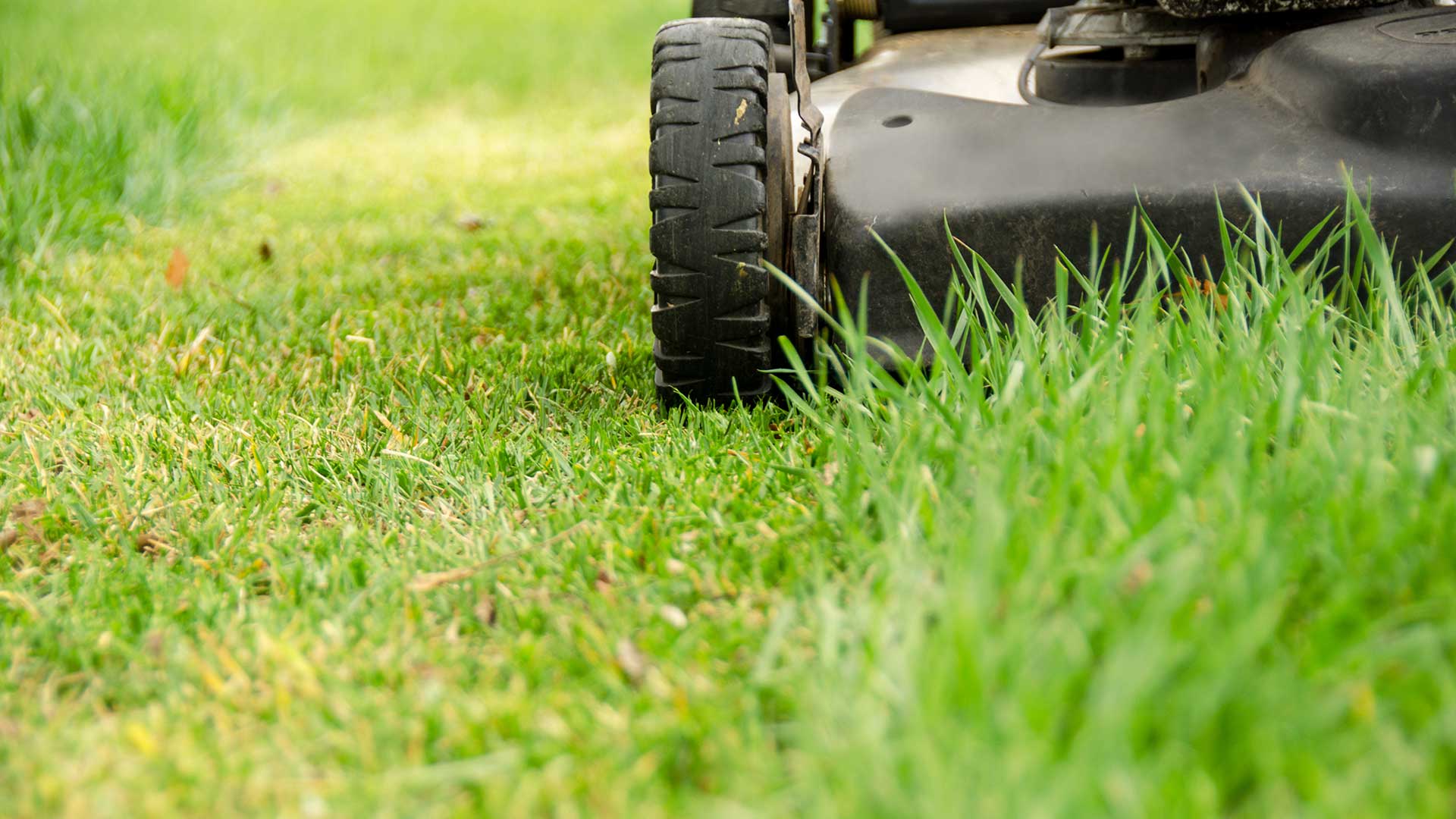
3. Get mowing
Start by mowing a line right around the edge of your lawn. This creates space to turn your mower in after each row.
Next, move your mower into one of the corners of your lawn. Mow in a straight line across the length of your lawn (it helps to find a visual point opposite to aim towards, such as a spot on the fence).
Carefully turn the mower around at the end, then walk it back to the other end of the lawn – and repeat. As you go, overlap the side of the mower slightly over the line of where you just cut, to avoid missing any areas.
Experts advise not to walk too fast, to optimise the cut-and-collection efficiency of your mower. Empty the clippings box into your compost heap as needed. Alternatively, you may decide to keep the grass clippings on the lawn as a mulch.
4. Trim the edges
Now it's time to trim the edges of your lawn for that polished look. There are a few ways to go about this.
Cheryl Harper, managing director of Greensleeves Lawn Care, says you can use a pair of long-handled edging shears to trim the grass on the edge line. "You can also use ordinary garden shears," she adds, "but edging shears are more efficient and easier to use."
Alternatively, you can use an electric trimmer with a rotating head. Paul says, "Don’t take big swings with a grass trimmer. For a neat, flat cut, take small steps and do gentle movements from side to side, with the garden tool's head positioned just above the ground."
If grass has grown onto your garden paths or patio, Cheryl recommends using a sharp gardening knife. Cut the turf just along the edge, she instructs, then pull the pieces away and put them on your compost.
"You’ll need to do this fairly often to maintain your edging, particularly in the months when the grass is growing at its fastest rate," Cheryl adds. "Keeping your lawn edges looking great is a fantastic way to maintain their shape and help your garden as a whole to look well-maintained and tidy."
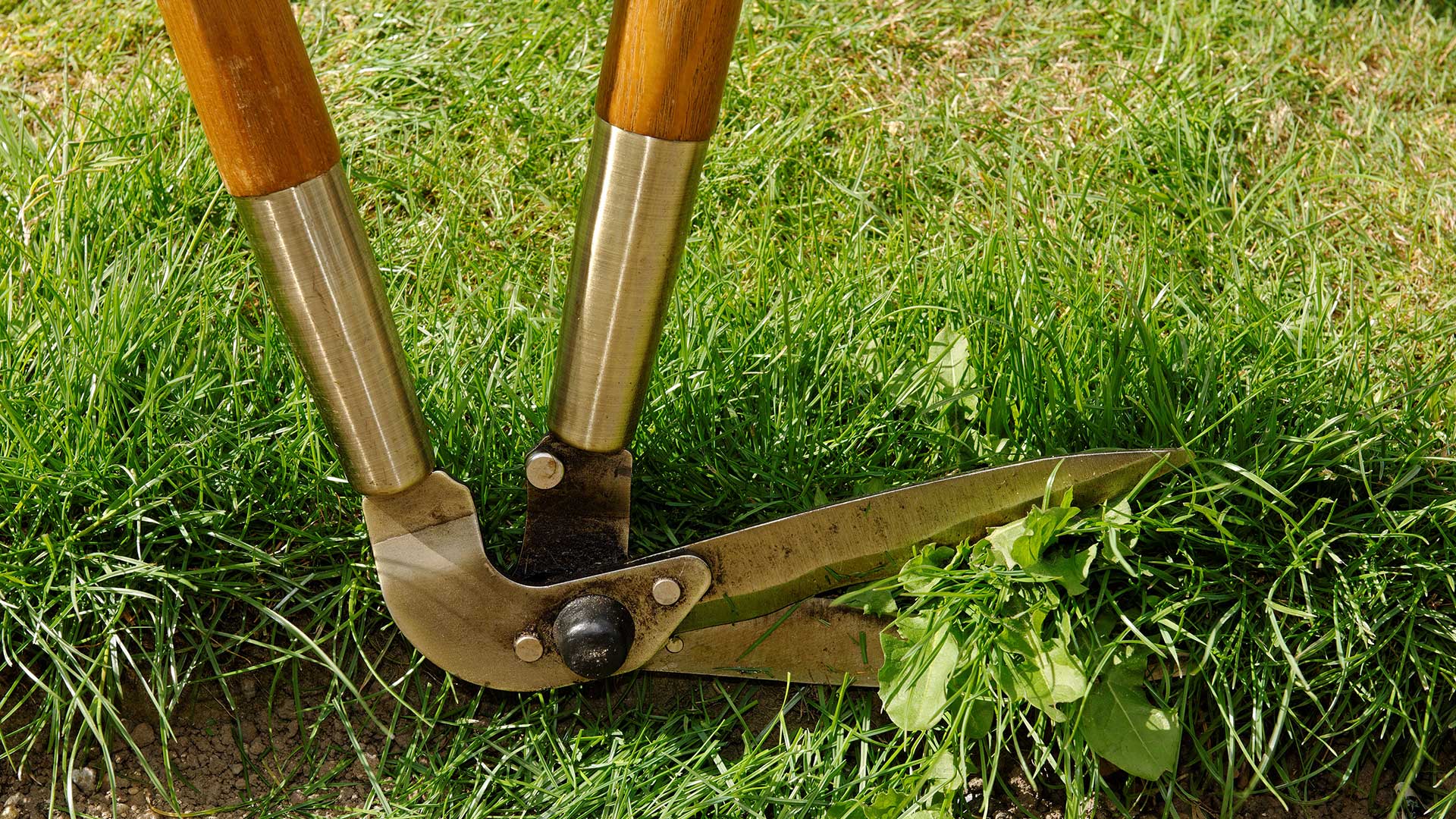
5. Clean your mower afterwards
Guy says, "It is highly recommended that you clean your lawn mower after each mowing session, to prevent the undercarriage from becoming clogged with grass cuttings and other debris. This can lead to decreased performance as well as the potential spread of lawn diseases."
Ensure the mower is switched off and safely disconnected from power beforehand – it must not be able to accidentally turn on as you're cleaning. "We advise using a wire brush or a damp cloth to remove any debris that has attached itself to the mower's deck," Guy says.
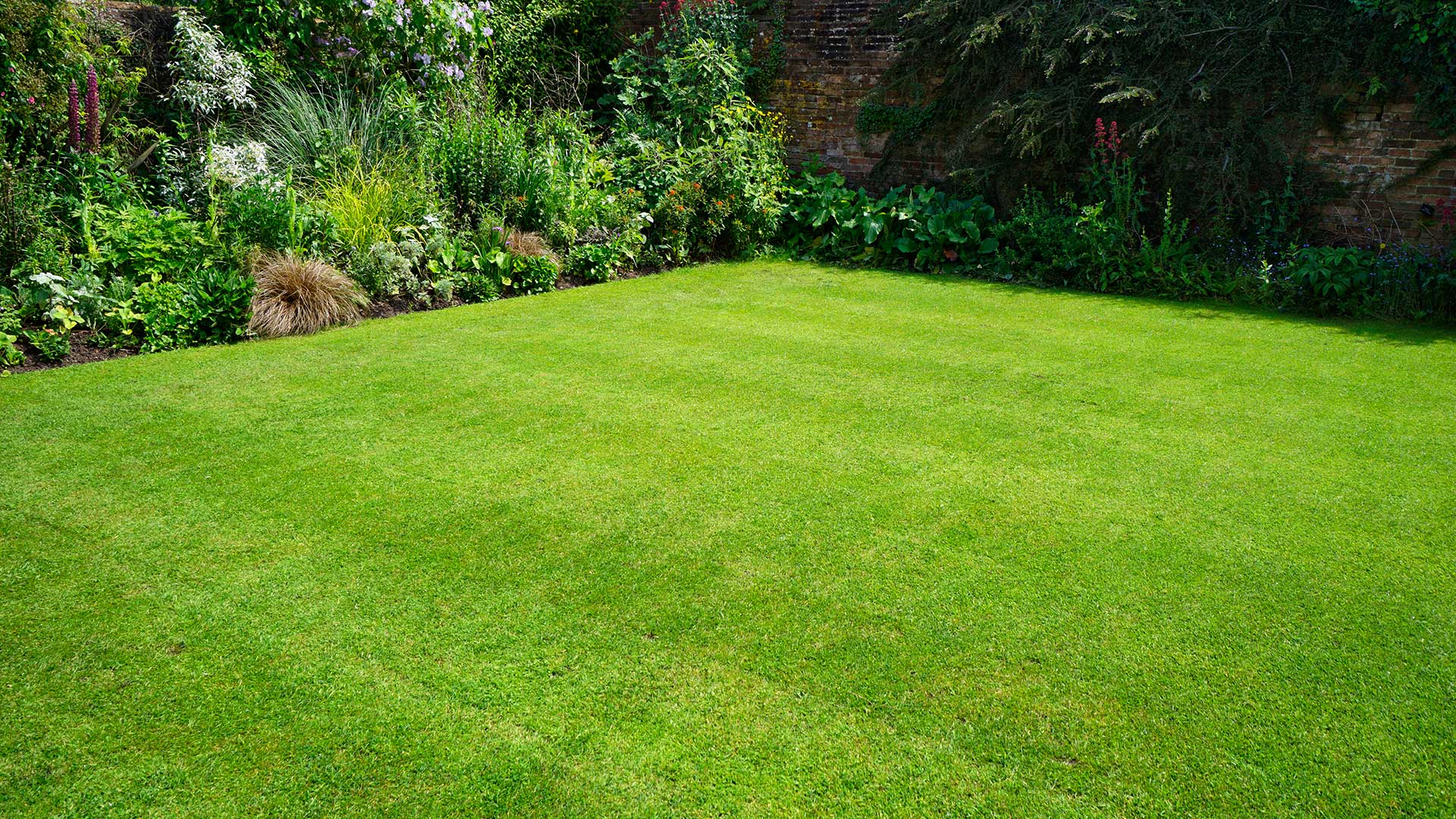
FAQs
How do you create defined stripes on a lawn?
"The stripe effect is achieved with a roller mower, which folds the grass over when the roller goes over it," explains Paul Hicks of Stihl. "As you mow in alternate directions, the light hitting the grass gives the effect of different colours; lighter when the grass is folded away from you."
Peter says, "Before you start mowing, make sure your grass is at the right height for striping. It's best to let your grass grow slightly longer than normal, as longer grass bends more easily and creates more defined stripes."
It's also important to know how often to fertilise your lawn. "Well-fertilised grass will show off those stripes best, so keep your lawn well-watered and maintained," Peter says. "Remember to mow at a steady speed to get an even bend in the grass," he adds.
What time of day is best to mow a lawn?
It's best not to cut grass in the heat, or when it's wet, as both can damage it. Guy recommends mowing during the mid-morning. Mow any earlier, and the grass may still be damp from morning dew. Mow in the afternoon, and the sun can burn the freshly-cut grass, particularly in the warmer months.
Learning how to mow a lawn correctly will help you get verdant turf, but there are other steps to take on board, too. These include aerating your lawn, getting rid of moss, and watering it in the summer.
Don't forget about safety gear, too. Paul says to always wear appropriate PPE when mowing a lawn, such as safety boots, gloves and goggles. Use a face shield when using a grass trimmer, for protection from flying debris.







